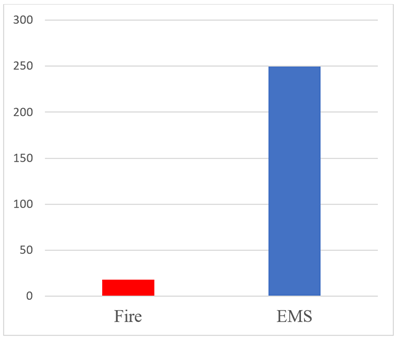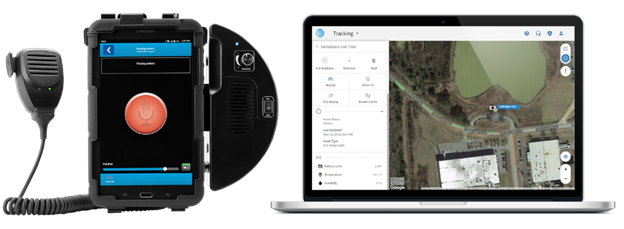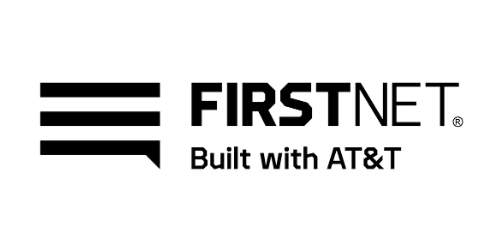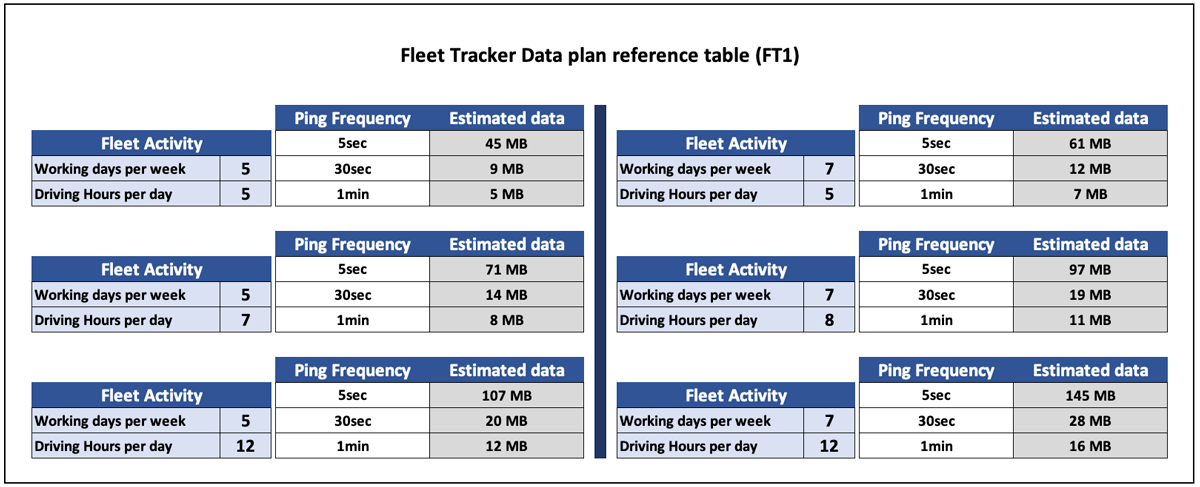
Ensuring Fleet Hygiene and Safety During COVID-19
COVID-19 reinforced the importance of fleet hygiene and safety, especially as first responders were subjected to close contact with COVID-positive cases. They were tasked with treating patients at trauma sites with little opportunity to maintain a safe distance and limited PPE. In addition to standard prevention and control practices for routine activities, EMS and other first responders had to create new processes to respond to the emerging pandemic.
As new, more contagious strains of the virus spread across the country, first responders face increasing risks to in-person exposure. This is especially alarming considering that pre-pandemic, EMS personnel were already at a higher risk of work-related injury and fatality than other first responders, including police and firefighters. Fleet managers and command centers need ways to ensure fleet hygiene for EMS, and other first responders, who are subjected to close encounters with patients. In this article we will explore COVID-19’s effect on fleet hygiene practices and steps fleet managers can take to eliminate risks to their employees and their fleet.
Unique Hygiene and Safety Risks Presented by COVID-19
EMS play an especially vital role in responding to critical situations for assistance, triaging patients, and providing life-saving medical treatment and transport. However, unlike patient care in a controlled environment of a healthcare facility, care and transports by EMS and first responders present unique challenges including:
- Being in an enclosed space during transport with highly contagious individuals
- Frequent need for in-the-field medical decision-making
- Immediate onsite interventions needed with limited information
- Varying ranges of patient acuity, as well as available healthcare resources
- Different degrees of compliance with COVID-19 regulations
Due to the necessity of close encounters, many first responders are at an increased risk for contracting COVID-19. Yet, early on in the pandemic, many EMS had to breach standard infection control standards due to limited availability of PPE. This resulted in EMS personnel experiencing a 20% higher infection rate for COVID-19 than other first responders, including firefighters. During the first week of April, 24% of EMS staff in NYC were on sick leave compared to 17% of police and firefighters.

Figure 1. Occupational fatality rate per 100,000 personnel for NY EMS and FDNY firefighters (Fire), based on cases documented from January to August 2020. (Image Source)
Although EMS are at increased risk, their job is essential. It’s imperative to find ways for them to work safely during a public health crisis. First responders require close coordination and effective communication to make on-the-scene decisions, while also prioritizing the health and safety of their fleet. We will look into how fleet managers can eliminate unnecessary risks for their fleets through updated protocols and supporting telematic technology.
Eliminate Risks Through Safety and Cleanliness Protocols
Since the beginning of the pandemic, most fleets had to alter their policies and procedures regarding personnel safety and fleet hygiene.
Per CDC guidelines, implementing these hygienic practices can help reduce risks and exposure for EMS fleets:
- Fleet managers should examine their safety and cleaning protocols, updating them to reflect changes incurred by the pandemic.
- Develop policies for EMS that include a recommendation for safely donning and doffing PPE.
- Provide staff with education and training on preventing transmissions of infectious agents.
- Ensure EMS personnel are trained on the appropriate use of PPE, including preventing self-contamination and contamination of environmental surfaces while removing equipment.
- Require driver compliance for clear procedures.
The Role Technology Plays in Ensuring Fleet and Staff Hygiene Safety
As fleet owners take special care in ensuring precautions to limit exposure to COVID-19, some are employing innovative technological solutions to ensure fleets can consistently communicate before, during, and after vehicle use.
Vehicle health diagnostics help command centers actively monitor the health of their fleets. Fleet managers can use powerful telematics to replace parts before they’re broken, deploy fleets to jobs based on their current vehicle health, and monitor all analytics on one integrated platform.
EMS no longer have to worry about exposing themselves due to limited PPE. With small asset trackers, fleets can automate inventory counts and inspections of their high-value BLS equipment. Storage status can be monitored to help avoid loss, theft, or damage and always ensure life-saving equipment is available for mission-critical situations.
With multi-sensor in-vehicle systems, EMS and first responders can capture and log actions in the field that can help provide situational awareness. These telematics can be leveraged to capture inspections and log defects of on-board ambulatory equipment with advanced wireless forms.

Even when fleets aren’t on-call, command centers can monitor driver safety and help lower fleet operational costs. In addition to equipment management, fleet management solutions offer reliable and scalable communication to connect dispatch to their entire fleet.
The role of first responders continues to put them in close contact with ill and contagious individuals. It may not be possible for fleet managers to completely eradicate that risk, but they can start taking steps to reduce it utilizing tools and procedures that prioritize fleet hygiene and safety.
Fleet Complete’s integrated in-vehicle telematics are helping fleet managers and dispatchers gain field intelligence to reduce risks to their fleets. With metrics that assess equipment integrity, driver safety, vehicle inspections, and even routing information—fleet managers can take the safety of their fleets back into their own hands.
To learn more about how Fleet Complete prioritizes the health and safety of your fleet, request a Fleet Complete for FirstNet demo today.
RECENT NEWS
Why it is Crucial to Track Emergency Response Assets During a Disaster
Find out how effective tracking of emergency response assets helps command centers manage the challenges of natural and man-made disasters.
Why It’s Important to Involve First Responders in School Bus Training
School bus-related emergency response is most effective when you involve first responders in school bus training. Here’s why.
How Asset Tracking Impacts First Responders
Lack of oversight of mission-critical assets could prevent first responders from fulfilling their duty. Find out how fleets are using asset tracking management systems to reduce the impact of mismanaged assets and better prepare their teams for emergencies.
How Technology Improves First Responder Efficiency During Disaster Recovery
Learn how modern network technology improves first responder efficiency in times of emergency caused by natural and man-made disasters.
How School Bus Driver Training Improves Emergency Response and Saves Lives
Learn how effective school bus driver training helps schools maintain safety, improve emergency response, and reduce injuries and fatalities.
© 2020 | All Rights Reserved | FleetComplete & FirstNet




